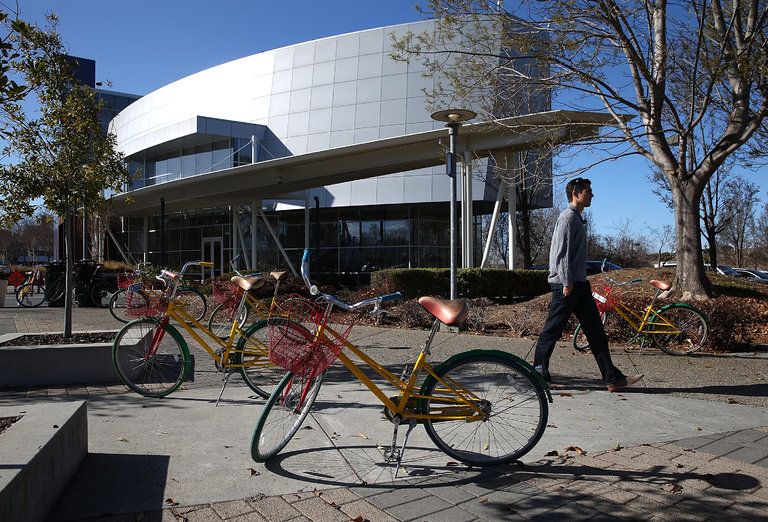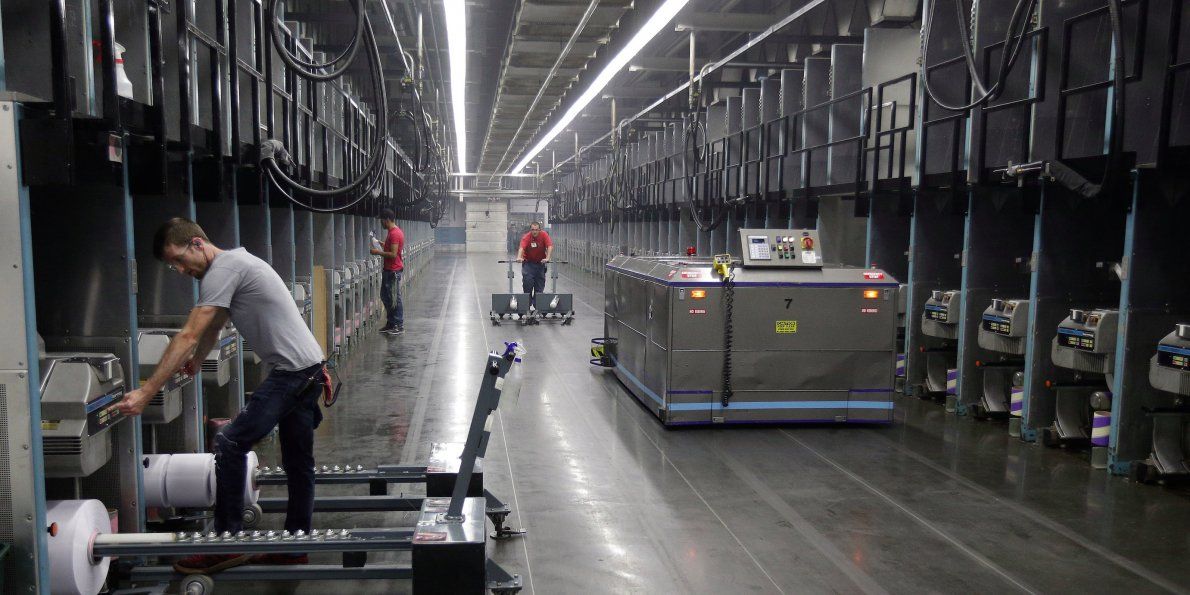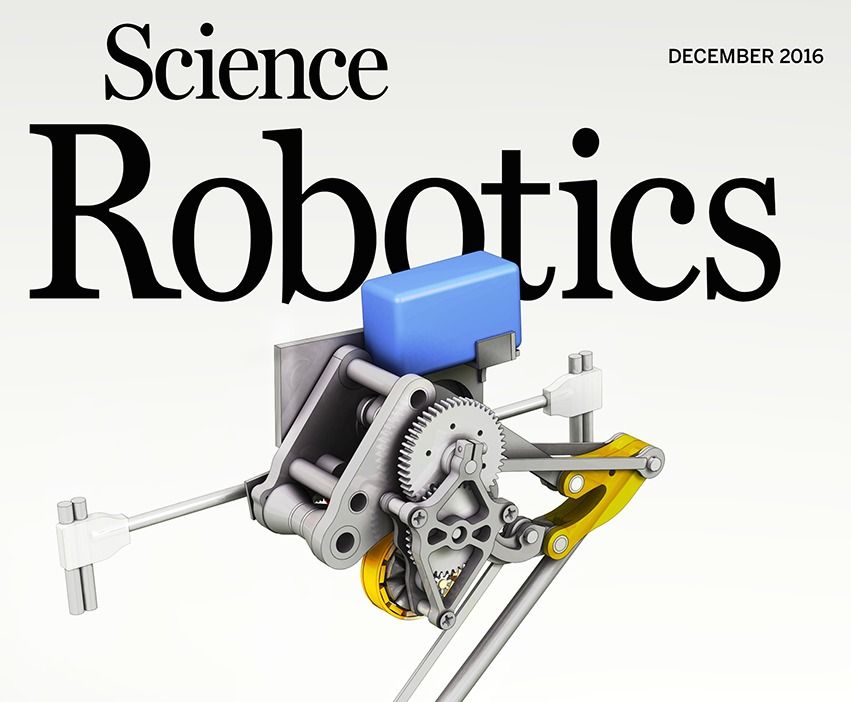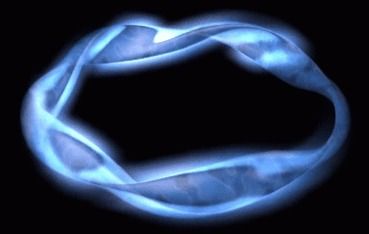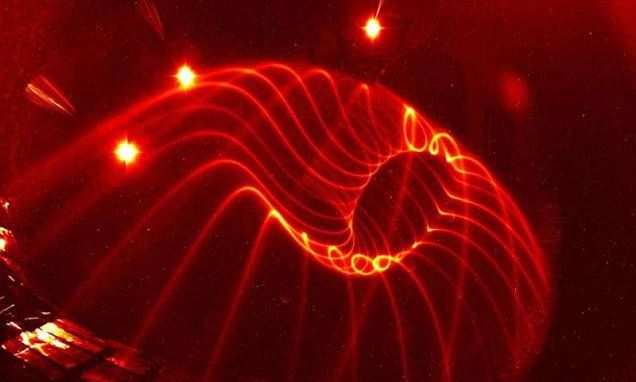Dec 6, 2016
Ukrainian Scientist Creates Battery That Can Power Smartphones for 12 Years
Posted by Shane Hinshaw in categories: chemistry, mobile phones, transportation
Ukrainian scientist Vladislav Kiselev claims that he has developed a type of battery that can power gadgets like smartphones and even cars for up to 12 years, without having to be recharged.
Kiselev, a senior researcher at the Institute of Bioorganic Chemistry and Petrochemistry in Kiev, and professor at Ukraine’s National Academy of Sciences, unveiled his intriguing battery prototype during the 2016 edition of Sikorsky Challenge, a prestigious international competition for research projects. The matchbox-like device looks fairly unimpressive, but the Ukrainian scientist claims that it has been continuously powering electrical devices for a year and four months without a single recharge, and will continue to do so for the next 11 years. That’s because his “battery” produces energy instead of simply storing it.

